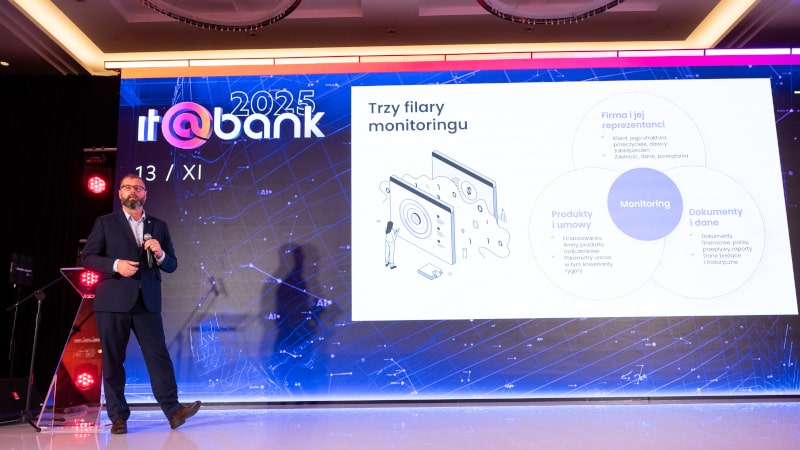In many financial institutions, corporate client monitoring still operates as a set of isolated actions rather than a continuous, integrated process. Data is scattered across multiple systems, credit ratings are updated with delays, and critical risk information does not always reach the right teams in time.
From our experience, banks understand why they need better client monitoring, but not always where the process stops being effective. We’ve identified five warning signs that indicate a monitoring process needs improvement. If any of these sound familiar, it might be the right time to re-evaluate how monitoring works in your organization.
1. Data about one client exists in more than three places
This is the most common issue. Client information is often spread across different systems — the credit application, CRM, core banking system, internal documents, and Excel spreadsheets. Each team (risk, sales, operations, monitoring) relies on its own data source. As a result, there’s no single, consistent version of the truth, even when a dedicated monitoring unit formally owns the process.
When data about the same client varies across departments, consistency and effective portfolio management become impossible. That’s why more and more banks invest in central risk repositories — environments that collect, organize, and update client data in one place. This enables analysts to work faster and make decisions based on a complete, unified view of the client, rather than fragmented information.
2. Your rating changes only during scheduled reviews
In many institutions, client ratings are updated only during periodic reviews or at the loan decision stage. That approach worked a few years ago, but in today’s fast-moving economy, waiting until the end of the quarter is no longer an option.
A modern rating system functions like a living organism. It automatically reacts to new information — changes in ownership, financial results, market signals, or even news reports.
This allows the bank to respond proactively, not only when the client’s repayment issues become visible. In practice, it’s the difference between preventing a problem and simply managing a crisis.
3. Analysts spend more time collecting documents than analyzing them
If the risk team spends most of its time gathering files and verifying data completeness, it’s a clear sign that the system is not performing as it should. Manual document checks, covenant verification, activation of risk triggers, follow-up visits, and collateral updates — these are all tasks that can and should be automated.
A well-designed monitoring process enables the system to identify missing information automatically, remind users of key deadlines, and direct analysts’ attention to areas that require judgment rather than routine administration. This allows risk professionals to focus on actual analysis instead of document logistics.
4. Your monitoring system reacts — but doesn’t warn
It’s a subtle but critical distinction. Many systems can show that something has already happened — a financial ratio dropped, a limit was breached, or collateral lost value. Few, however, can detect that such an event is about to happen.
The solution lies in Early Warning Systems (EWS) that analyze data from multiple sources — financial, market, macroeconomic, or even ESG — to identify patterns that may signal deteriorating client performance. Such tools transform monitoring from reporting the past into predicting the future. A bank that can act before risk materializes gains not only stability but also a clear competitive advantage.
5. You know something is happening — but not who should respond
This is an organizational signal that appears even in well-structured processes. Risk alerts are generated, but the response path is unclear — no one knows who should make a decision, prepare a review, or initiate corrective action. As a result, critical information remains “in the system” instead of triggering real action.
That’s why workflow automation and linking alerts directly to responsible teams — risk, recovery, sales — are becoming so important. When responsibilities are clear, the process runs smoothly, and decisions are made by the right people at the right time.
Summary
True transformation doesn’t begin with software — it begins with a shift in perspective.
Technology such as VSoft Rating helps visualize data differently, automate updates, and flag changes in real time. But what really makes the difference is an organizational culture where risk is monitored continuously, not just during reporting cycles.
Banks that learn to act in advance protect portfolio quality more effectively and build lasting client trust. In that context, risk monitoring is no longer just a regulatory requirement; it becomes a strategic investment in resilience and growth.
Want to learn how banks are automating corporate risk monitoring?
Get in touch with us — we’ll be happy to share our experience.



